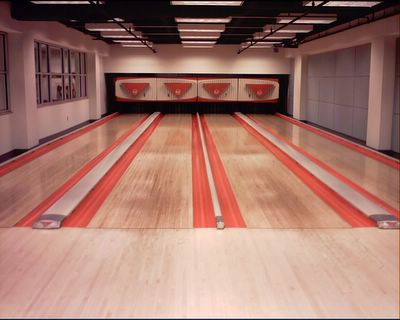bowling

In the 1930s, British Anthropologist Sir Flinders Petrie became the first to discover evidence of a bowling-like game. He found ancient objects in a childs grave in Egypt that were allegedly used for a primitive form of the game. The artifacts have been dated back to 3200 BC, effectively making bowling over 5,000 years old! Although some critics put the birth of bowling much later (German historian William Pehle has said that the game originated in his country in 300 AD), it has certainly endured centuries to settle into the modern lanes that we all know and love today. The first written mention of a bowling-like sport can be traced to the year 1366 in England. Allegedly King Edward III outlawed the game in order to keep his troops focused on their archery practice, but it was most certainly in vogue (and legal) during the reign of King Henry VIII. Many variations of bowling have come from Europe including Italian bocce, French pentanque, and even Britain’s lawn bowling, but the question of who introduced bowling to the United States is much more uncertain. The English, Dutch, and German settlers all brought their own versions of the game to the New World. The earliest mention of American bowling comes in the form of a quote from Rip Van Winkle when old Rip wakes up to the sounds of "ninepins". The origin of the tenpin game is still unknown, but by the late 1800’s it was prevalent in New York, Ohio, and Illinois. The first standardization of the rules of the game was established on September 9, 1895 at Beethoven Hall in New York City. It was then that the American Bowling Congress was formed and major national competitions began.
